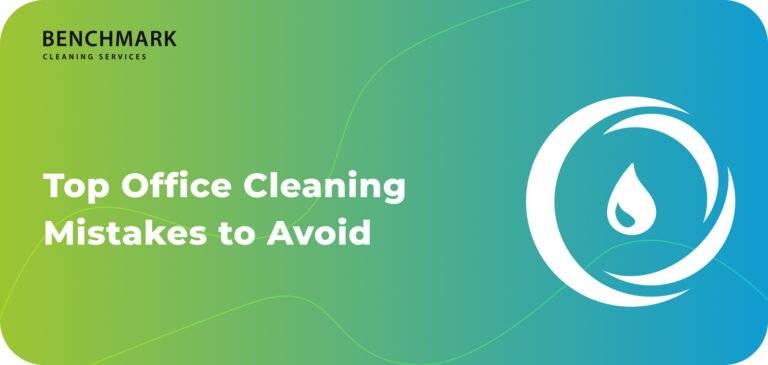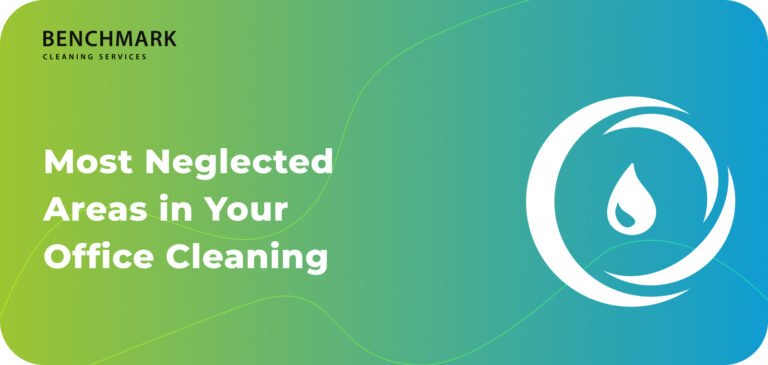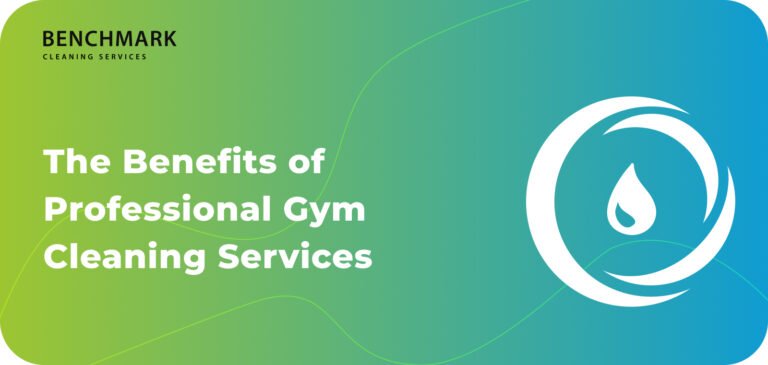Whether inside your home or commercial office, it is expected that you will be exposed to biohazards in one way or another.
Biohazards are detrimental when it comes to human health and well-being, so reaching out to a professional cleaner to deal with them promptly and effectively is extremely critical.
In this comprehensive guide, we will explore everything you need to know about the subject of biohazard cleaning, from the situations in which it will be needed to the numerous advantages of professional biohazard cleanup.
Let’s discuss such an interesting topic in-depth!
What are Biohazards?
Biohazards (biological hazards) are any contaminated biological substances hazardous to health, as they contain dangerous bacteria, viruses, pathogens, or toxins.
These biological substances pose a great threat to human health, even potentially leading to death.
What are the Categories of Biohazardous Waste?
Biohazardous waste can be classified as follows:
Solid Biohazardous Waste
Examples:
- Personal protective equipment (PPE)
- Labware
- Bandages
- Dressings
Liquid Biohazardous Waste
Examples:
- Bodily fluids (E.g. saliva and urine)
- Blood and blood products
- Dialysis waste
Sharps Biohazardous Waste
Examples:
- Needles
- Syringes
- Lancets
- Broken glass
- Scalpels
- Blades
Animal Waste
Examples:
- Animal body parts
- Animal carcasses
- Animal tissues
- Animal bedding
What are Biohazard Safety Levels?
The Centers for Disease Control and Prevention (CDC) defines four biohazard levels, also known as Biosafety Levels (BSLs), to categorise laboratories according to the risk posed by the biological agents they handle. These levels determine the containment practices required for each.
Safety levels can be represented as follows:
- BSL-1: Minimal risk
- BSL-2: Moderate risk
- BSL-3: High risk
- BSL-4: Extreme risk
What is Biohazard Cleaning?
Biohazard cleaning, also known as biohazard remediation or cleanup, is the meticulous process of cleaning up biological hazards, which is preferably executed professionally by trained biohazard cleaners. The main goal of biohazard cleaning is to decontaminate affected areas.
What is Involved in the Process of Biohazard Cleaning?
The biohazard cleaning process encompasses the following aspects:
The Steps:
1. Assessment
Assessing the extent of the contamination.
2. Containment
Containing the affected area to prevent any further spreading.
3. Removal and Disposal
Carefully disposing of biohazardous materials and contaminants by following government regulations.
4. Sanitisation and Disinfection
Thoroughly cleaning and disinfecting all materials and surfaces in the affected area by using appropriate cleaning chemicals and disinfectants.
5. Deodorisation
Deodorisation techniques are employed to get rid of any lingering biohazard odours.
6. Restoration
The impacted area is restored to its original, healthy state. It also gets inspected for a final time to make sure that the space is safe to be in.
Specialised Equipment and Tools
There are unique equipment and tools that are utilised throughout the process:
Personal Protective Equipment (PPE)
The usage of appropriate personal protective equipment is an integral part of biohazard cleanup safety protocols. PPE includes:
- Gloves
- Goggles
- Protective coveralls or full-body suits
- Respirators or
- Facial shields or masks
- Disposable shoe covers
Cleaning Agents
Examples:
- Hospital-grade disinfectants
- Enzyme cleaners
- HEPA vacuums
- Pressure washers
- UV-C light devices
- Ozone machines
Waste Disposal and Containment
Examples:
- Autoclave bags
- Biohazards bags
- Sharps disposal containers
When is Biohazard Cleaning Needed?
The most common situations that require biohazard cleaning include, but are not limited to:
Crime Scenes
Various crimes, such as homicides and suicides, can lead to bloodshed, bodily fluids, or other biohazardous materials that are immensely harmful. The removal of such materials from the scene through biohazard cleaning is crucial to avoid severe health risks.
Unattended Deaths
Deaths, unfortunately, may occur without anyone’s immediate knowledge. As decomposition inevitably takes place, hazardous materials are released, which can lead to severe health risks.
Trauma Incidents
Accidental traumas and injuries are very much possible, and they too cause biohazardous waste, such as blood loss.
Industrial Accidents and Chemical Spills
Different kinds of accidents can happen in industrial settings, including the spilling of hazardous chemicals that can be flammable, toxic, or corrosive.
Hoarding Situations
Hoarding involves the excessive accumulation of unsanitary items, such as decaying food and various types of waste, all of which can harbor dangerous pathogens.
Harmful Disease Outbreaks
The areas where outbreaks of infectious disease have occurred also require intensive biohazard cleaning in order to get rid of pathogens.
Sewage Backups and Water Damage
Floodwater can carry raw sewage, which consists of microorganisms like parasites, viruses, and bacteria. Sewage backups, therefore, can lead to severe illnesses.
Animal Infestations
Animal waste and infestations, such as droppings and carcasses, can contribute to harmful contamination as they carry zoonotic diseases.
What are Common Misconceptions about Biohazard Cleaning?
There are so many misconceptions concerning biohazard cleaning, which are in fact not true. The following are a few of the most popular ones:
- You can handle biohazard cleaning yourself
- Biohazard cleaning can be quickly carried out
- Any general cleaning service can do biohazard cleaning
- Biohazard cleanups are for crime scenes only
- Insurance does not cover biohazard cleaning
- The use of bleach is enough for biohazard cleanups
Legal and Ethical Considerations in Professional Biohazard Cleanup
Professional cleaning companies must bear in mind legal and ethical considerations when going about biohazard cleanup. Some of the major ones are mentioned below:
Legal Considerations:
- Regulatory compliance
- OSHA guidelines
- Insurance and liability
- Licensing and certification
- Proper waste disposal
Ethical Considerations:
- Respect and empathy
- Confidentiality
- Professionalism
- Transparency and honesty
What are the Benefits of Professional Biohazard Cleaning Services?
A professional cleaning service is always the better, more reliable option when it comes to biohazard cleaning. Here are some of the reasons why:
- Prevents the spread of infectious diseases
- Ensures safety and compliance
- Professionally handles hazardous materials
- Efficiency, speed, and expertise in biohazard cleanup
- Provides peace of mind
Hire Our Professional Biohazard Cleaners at Benchmark Cleaning Services
Biohazard cleaning will not be an anxiety-inducing concept anymore with Benchmark Cleaning Services, one of the most reputable cleaning companies in London.
The well-being of your workforce is under professional control with our team of qualified biohazard cleaners, whose top priority is your health and safety.
With our expertise in commercial cleaning and hygiene services, we assure you that your space will be left spotless and pristine if you entrust us with the task.
For a free quotation, please get in touch with us today.



